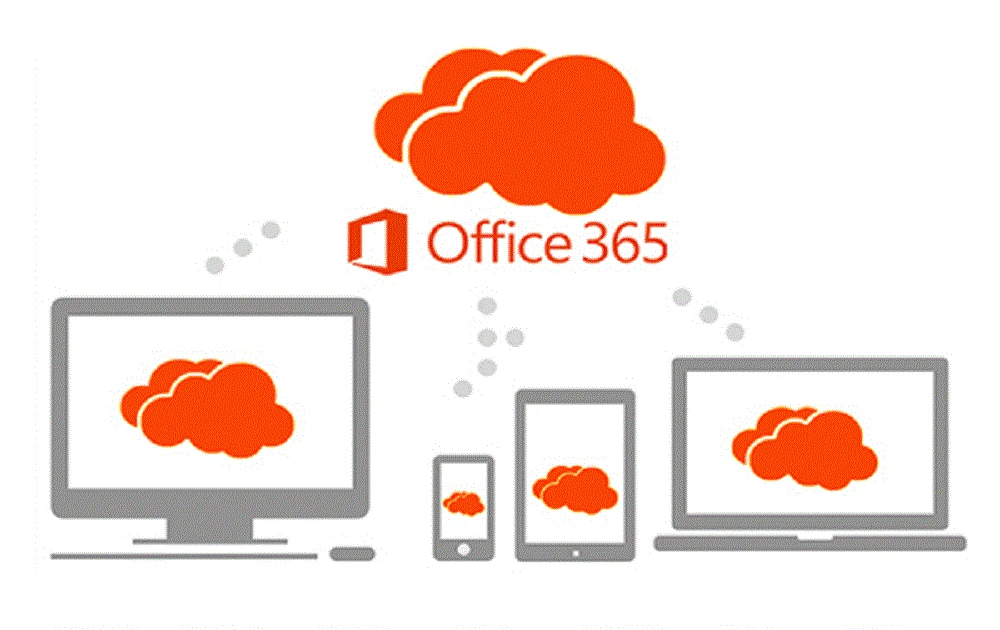The undeniable rise of cloud-based data management has benefitted both small and large enterprises. The 451 Research Group has recently published a report that sights more than 90% of businesses have adopted cloud computing in the last few years. According to Cisco, around 94% of the companies’ workloads will be cloud-driven by the end of 2022. Most businesses use Office 365 to boost productivity and improve collaborations between various business departments.
However, the transition of on-premises data to the cloud server is time-consuming. Depending on the size of the data, the process can take a few days. The process also takes a few weeks or months for large-scale businesses. However, hiring professional and reliable Office 365 migration services can resolve the woes regarding the migration process. Therefore, businesses should find a certified and reliable service provider.
A Systematic Approach Is Essential
Businesses should adapt to a systematic approach for the Office 365 migration. The process involves a few complexities, and thus one should consider those critical factors before initiating. The factors that have to be checked for the process are:
- The existing exchange server version
- The existing email system
- Estimated time for the process
- Financial constraints for the process
- The size of data requires to be moved on the cloud
The certified and experienced Office 365 migration partners will analyze these factors before commencing the data migration process. Before the initiation, they will render a complete estimation of the time and budget required for the process to their clients.
Microsoft Office 365 Migration Methods
Migrating from on-premises to MS Office 365 involves various stages deepening the migration methods. Typically, the experts use three migration methods for concluding the job. In the following section, you can find those methods for migrating to the Office 365 cloud version.
-
Office 365 Cutover Migration
The cutover migration is the most typical method for the Office 365 migration, and the process intends to move all your resources, including mailboxes, contacts, distribution groups, and many more. You cannot select or deselect specific objects for the migration process, as it is a holistic process. Therefore, it can also be time-consuming and complex.
This migration approach uses the Microsoft Exchange Server. You can use the latest version of the exchange server. Alternatively, you can also use the older versions of the Microsoft Exchange Server for this process. The migration method is ideal for businesses with lesser than 150 users. However, one can practically implement it for businesses even with lesser than 2000 users.
-
Staged Office Migration
The second popular method for Office 365 migration is stage migration. The process can move all the mailboxes of a business to Office 35. Additionally, the migration method can move the existing users to Office 365 in a systematic and scheduled order. Since you can schedule the migration, one can prolong the process. However, you can continue your business activities during the migration process.
The method is suitable for businesses with more than 2000 mailboxes. If your business uses Exchange Server 2010 and 2013, this method is incompatible with your business.
-
Hybrid Migration
As the name suggests, this migration method combines different steps. Therefore, it is a complicated method of migrating to Office 365. The method allows your business to maintain an on-premises server during the migration process. The hybrid model comes with a rollback option, which is unique about this method.
The process is recommended for businesses with more than 2000 mailboxes. Moreover, it is compatible with the companies that use on-premises Exchange Server 2013 and 2010.
Bottom Line
Cloud migration increases the productivity of a business, as it promotes easy collaboration between various departments. Nevertheless, it comes with better data safety. It would help if you had professional and reliable Microsoft Office 365 migration services for the migration process.

